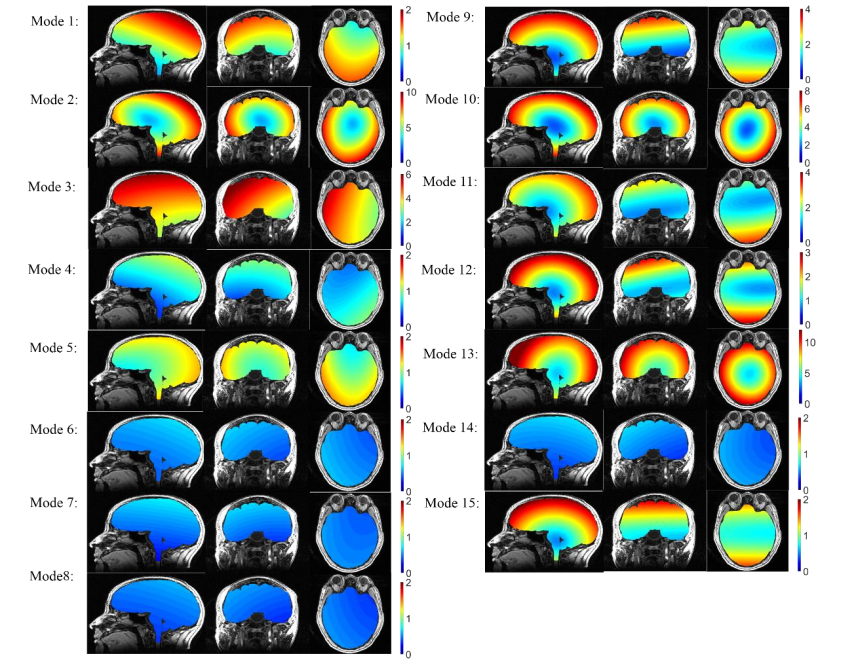

Title: Regional-surface-basedregistration for image-guided neurosurgery: Effects of scan modes onregistration accuracy
Authors: Yuan Dong, Chenxi Zhang*,Dafeng Ji, Manning Wang, Zhijian Song*
The International Journal for Computer Assisted Radiology and Surgery (IJCARS)
Abstract:
Purpose Theconventional surface-based method only registers the facial zone withpreoperative point cloud, resulting in low accuracy away from the facial area.Acquiring a point cloud of the entire head for registration can improveregistration accuracy in all parts of the head. However, it takes a long timeto collect a point cloud of the entire head. It may be more practical toselectively scan part of the head to ensure high registration accuracy in thesurgical area of interest. In this study, we investigate the effects ofdifferent scan regions on registration errors in different target areas whenusing a surface-based registration method.
Methods Wefirst evaluated the correlation between the laser scan resolution andregistration accuracy to determine an appropriate scan resolution. Then, withthe appropriate resolution, we explored the effects of scan modes onregistration error in computer simulation experiments, phantom experiments andtwo clinical cases. The scan modes were designed based on differentcombinations of five zones of the head surface, i.e., the sphenoid-frontalzone, parietal zone, left temporal zone, right temporal zone and occipitalzone. In the phantom experiment, a handheld scanner was used to acquire a pointcloud of the head. A head model containing several tumors was designed,enabling us to calculate the target registration errors (TREs) deep in thebrain to evaluate the effect of regional-surface-based registration.
Result Theoptimal scan modes for tumors located in the sphenoid-frontal, parietal, andtemporal areas are mode 4 (i.e., simultaneously scanning the sphenoid-frontalzone and the temporal zone), mode 4, and mode 6 (i.e., simultaneously scanningthe sphenoid-frontal zone, the temporal zone and the parietal zone), respectively.For the tumor located in the occipital area, no modes were able to achievereliable accuracy. Conclusion The results show that selecting an appropriate scanresolution and scan mode can achieve reliable accuracy for use insphenoid-frontal, parietal and temporal area surgeries while effectively reducingthe operation time.
